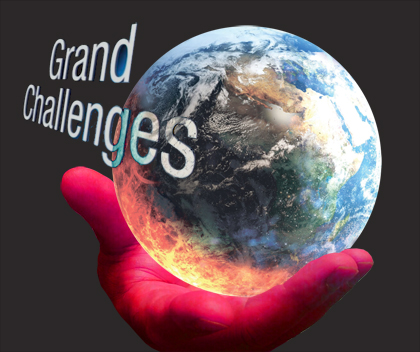
Preparing Students for the Challenges of Tomorrow
-
Building confidence: strong communication and self-management skills, and willingness to approach problems from multiple perspective.
-
Networking: Networking among group members and teams, joint work activities and shared decision making, leadership tasks.
- Skills and Talent: Teaching students new skills aimed at creativity, innovation, and working across knowledge fields to achieve measurable effects on major social complex issues.
- Reflective judgment: Developing abilities to make decisions in the face of uncertainty.
New approaches are needed for educating engineering students. Many companies and industries have found that several tasks of engineering, innovation, and development can be performed more cheaply and efficiently overseas. With information technology and globalization, STEM-dominated fields are being outsourced [1]. In one widely publicized estimate, Forrester Research estimates that 3.3 million R&D jobs will move offshore by 2015 [2]. This means U.S. students will require value-added skills [3] — namely creativity, problem definition and innovation, and integration of engineering systems [4]. In addition, they need to be able to grapple with the technological challenges and opportunities in today’s world, as well as with multi-cultural viewpoints. The use of Transdisciplinary (TD) education approaches are timely since TD propositions require testing with diverse populations to support these fundamental suppositions.

REFERENCES
- Engardio P., Einhorn B., 2005. Outsourcing Innovation. Business Week, Mar. 21.
- Chesbrough, H., Vanhaverbeke, W., & West, J. 2006. Open innovation: Researching a new paradigm. Oxford, UK: Oxford University Press.
- Moorman, C., 1995. Organizational market information processes: Cultural antecedents and new product outcomes. Journal of Marketing Research, 32.
- National Academy of Engineering, 2007. Greatest Engineering Achievements of the 20th Century.
- Committee on Prospering in the Global Economy of the 21st Century, 2007. Rising Above the Gathering Storm: Energizing and Employing America for a Brighter Economic Future, Washington, DC: The National Academies Press.
- Grasso D., Martinelli D., 2007. Holistic Engineering. The Chronicle of Higher Education, 53, 28, p. B8.
- Devon R., 2004. EDSGN 497 H: Global Approaches to Engineering Design. https://web.archive.org/web/20050801085903/http://www.cede.psu.edu/~rdevon/
EDSGN497H.htm, accessed: November 18, 2005. - National Academy of Engineering. NAE Grand Challenges for Engineering. https://www.engineeringchallenges.org/, accessed: Sept. 7, 2012.
- National Academy of Engineering, 2015. Second Global Gran Challenges Summit, https://www.engineeringchallenges.org/14373/15549/15785.aspx
- Some of this part of the article is taken from NSF proposal submitted by Dr. A. Ertas and et .all.


